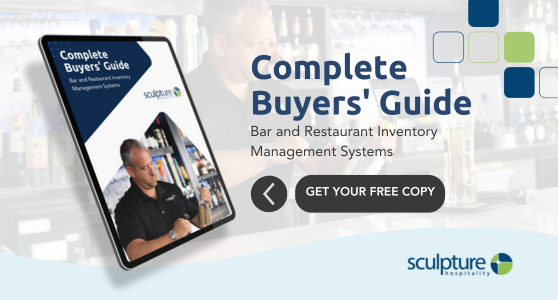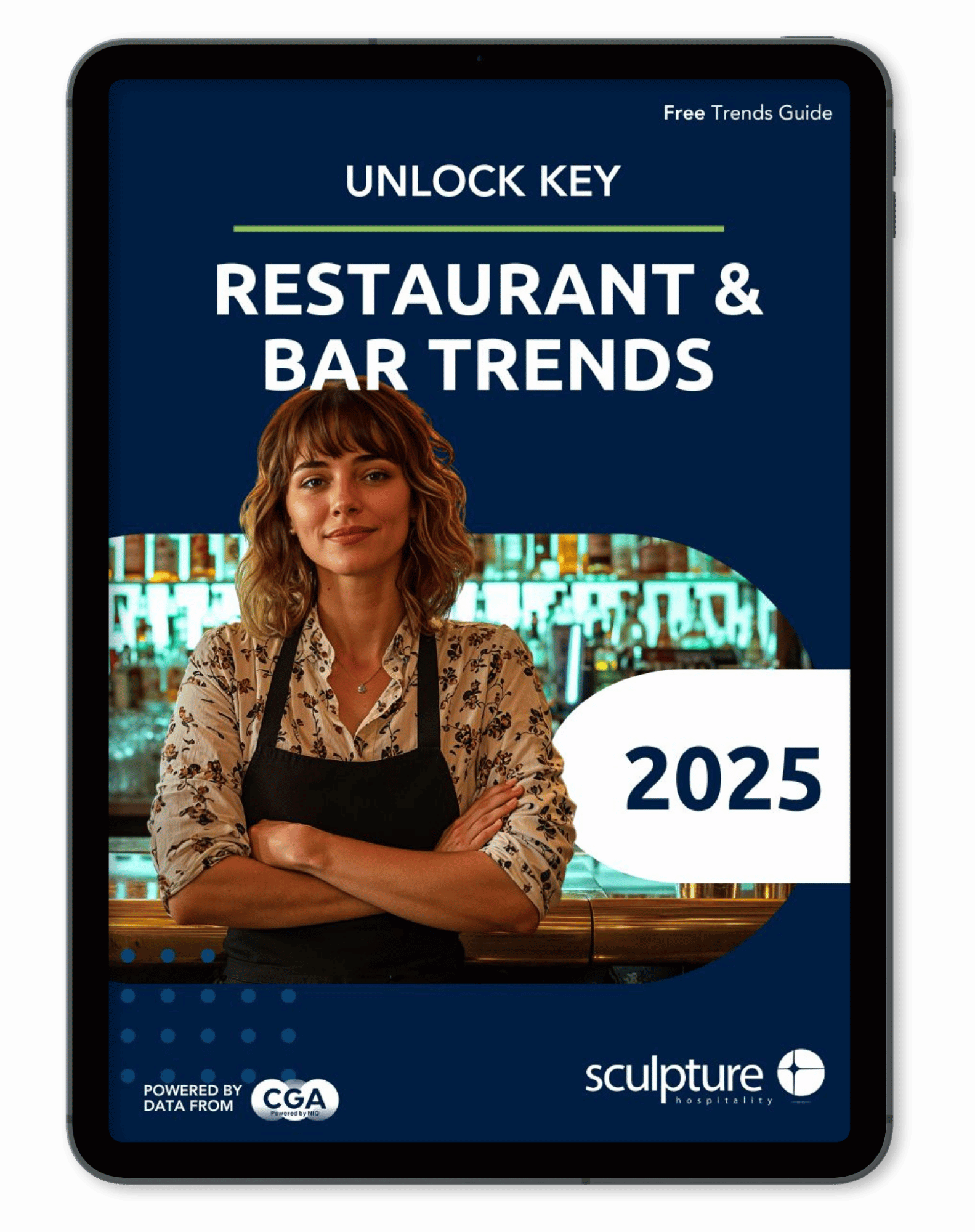In the ever-evolving landscape of the restaurant industry, standing out and thriving requires more than just offering great food. It demands a relentless pursuit of excellence, a commitment to continuous improvement, and an unwavering dedication to delivering exceptional experiences for customers.
Enhancing restaurant operations is the key to achieving these goals. It's a dynamic process that involves refining every aspect of your business, from menu innovation to streamlined operations, from customer engagement to staff empowerment.
In this blog, we will dive deep into the realm of restaurant operations, exploring valuable strategies and ideas that will help you elevate your establishment to new heights of success.
What is Included in Restaurant Operations?
Running a successful restaurant involves managing various aspects of daily operations. From the kitchen to the front of the house, there are multiple components that need careful attention to ensure a smooth and efficient operation.
Here are some of the key elements involved in restaurant operations:
1. Purchasing- Vendor Selection: Establish relationships with reliable and quality-focused vendors who can provide fresh ingredients and supplies consistently.
- Inventory Management: Efficiently manage inventory levels to avoid overstocking or running out of crucial ingredients. Regularly monitor stock levels, track usage, and adjust orders accordingly to minimize waste and optimize cost-effectiveness.
- Negotiating Pricing: Work closely with vendors to negotiate favorable pricing and terms, ensuring that you receive the best value for your purchases.
2. Pricing
- Menu Engineering: Strategically determine menu prices by considering ingredient costs, portion sizes, and desired profit margins. Analyze the popularity and profitability of different menu items to make informed pricing decisions.
- Market Analysis: Stay updated on industry trends, competitor pricing, and customer preferences to ensure your pricing remains competitive while reflecting the value you provide.
- Recipe Development: Create and refine recipes that showcase your unique culinary offerings while considering ingredient availability, cost, and kitchen efficiency.
- Standardized Processes: Establish standardized preparation procedures to ensure consistency and efficiency in food production. Train kitchen staff on these processes to maintain quality and streamline operations.
3. Customer Service
- Staff Training: Provide comprehensive training on customer service techniques, including greeting guests, taking orders, addressing inquiries, and resolving issues promptly and professionally.
- Personalization: Train staff to deliver personalized experiences by recognizing regular customers, remembering their preferences, and going the extra mile to exceed their expectations.
- Effective Communication: Foster clear and timely communication between the front-of-house and back-of-house staff to ensure a seamless flow of service and minimize customer wait times.
4. Payment Processing
- POS Systems: Implement reliable and efficient Point-of-Sale (POS) systems to streamline payment processing, reduce errors, and provide customers with convenient payment options.
- Security and Compliance: Ensure that your payment processing systems comply with industry security standards to protect customer data and instill trust.
- Contactless Payments: Embrace emerging payment methods, such as mobile wallets and contactless payments, to offer customers a safe and convenient payment experience.
5. Cleanup
- Sanitation Protocols: Develop and enforce strict sanitation protocols to maintain a clean and hygienic environment. Train staff on proper cleaning techniques and implement regular cleaning schedules.
- Dishwashing and Utensil Handling: Establish efficient processes for dishwashing and utensil handling to ensure that clean, sanitized items are readily available for service.
- Inventory Organization: Properly organize and store inventory to maximize efficiency and minimize waste. Implement a systematic approach to inventory management, including labeling, categorizing, and storing ingredients and supplies in designated areas. Regularly conduct inventory audits to maintain accurate stock levels and identify any expired or damaged items.
Best Practices to Improve Restaurant Operations, Efficiency and Productivity
Streamline Your Workflows
One of the first steps to improving operations is analyzing and optimizing your processes. Evaluate each step, from food preparation to serving, and identify areas where bottlenecks or inefficiencies occur. Streamline workflows by eliminating unnecessary tasks, reorganizing workstations, and improving communication between staff members. Additionally, encourage cross-training among employees to enhance flexibility and efficiency where possible.
Invest in Technology
Embrace modern technology solutions that can revolutionize your restaurant operations. Implement a robust point-of-sale (POS) system to streamline order taking and payment processing, as well as inventory management software that gives you the data and insights you need to improve profit margins.
Consider adopting online reservations and ordering systems to provide convenience for customers and reduce the workload on your staff. Kitchen display systems (KDS) can also improve communication between the kitchen and front-of-house staff, ensuring accurate and timely order preparation.
Implement Efficient Inventory Management
Accurately forecasted inventory needs using historical sales data, industry trends, and customer demand. This helps prevent excess stock or shortages, reducing waste and minimizing costs. Develop strong relationships with reliable suppliers to ensure timely deliveries, high-quality ingredients, and competitive pricing. Adopt Just-in-Time (JIT) inventory practices to minimize storage space requirements and maintain fresh ingredients while reducing the risk of spoilage or waste.
Embrace Data-Driven Decision Making
Leverage the power of data by utilizing modern technology. Technology can help you capture and analyze data on sales, inventory, customer preferences, and operational metrics. Use this information to make informed decisions regarding menu engineering, pricing, staffing, and marketing strategies. Monitor key performance indicators (KPIs) such as table turnover rate, inventory cost and labor cost percentage to identify areas for improvement and measure the impact of implemented strategies.
Prioritize Staff Training and Communication
Invest in comprehensive training programs for all staff members, focusing on customer service, food safety, and operational procedures. Ongoing training ensures that employees are equipped with the skills and knowledge needed to excel in their roles. Establish clear lines of communication between staff members to ensure seamless coordination between the kitchen and front-of-house. Regularly communicate updates, expectations, and feedback to create a cohesive and motivated team.
Ensure Continuous Menu Evaluation and Development
Regularly evaluate the performance of menu items based on sales, profitability, and customer feedback. Eliminate underperforming dishes and highlight popular ones to optimize profitability and customer satisfaction. Introduce seasonal specials and innovative dishes to keep the menu fresh and enticing for customers. Experiment with new flavors, ingredients, and culinary techniques to captivate and excite your patrons.
Conduct Regular Performance Evaluation and Recognition
Conduct regular performance evaluations to provide feedback, identify areas for improvement, and recognize exceptional employee contributions. Set clear goals and offer opportunities for growth and development. Implement employee recognition programs to celebrate achievements, boost morale, and foster a positive work environment. Recognize outstanding performance through rewards, incentives, or employee of the month programs.
By implementing these best practices, you can enhance your restaurant's operations, improve efficiency, and increase productivity - building a more successful, long-term business.
Interested in learning more about how you can improve restaurant operations and overall profitability with an effective restaurant inventory management system? Contact Sculpture Hospitality today.












